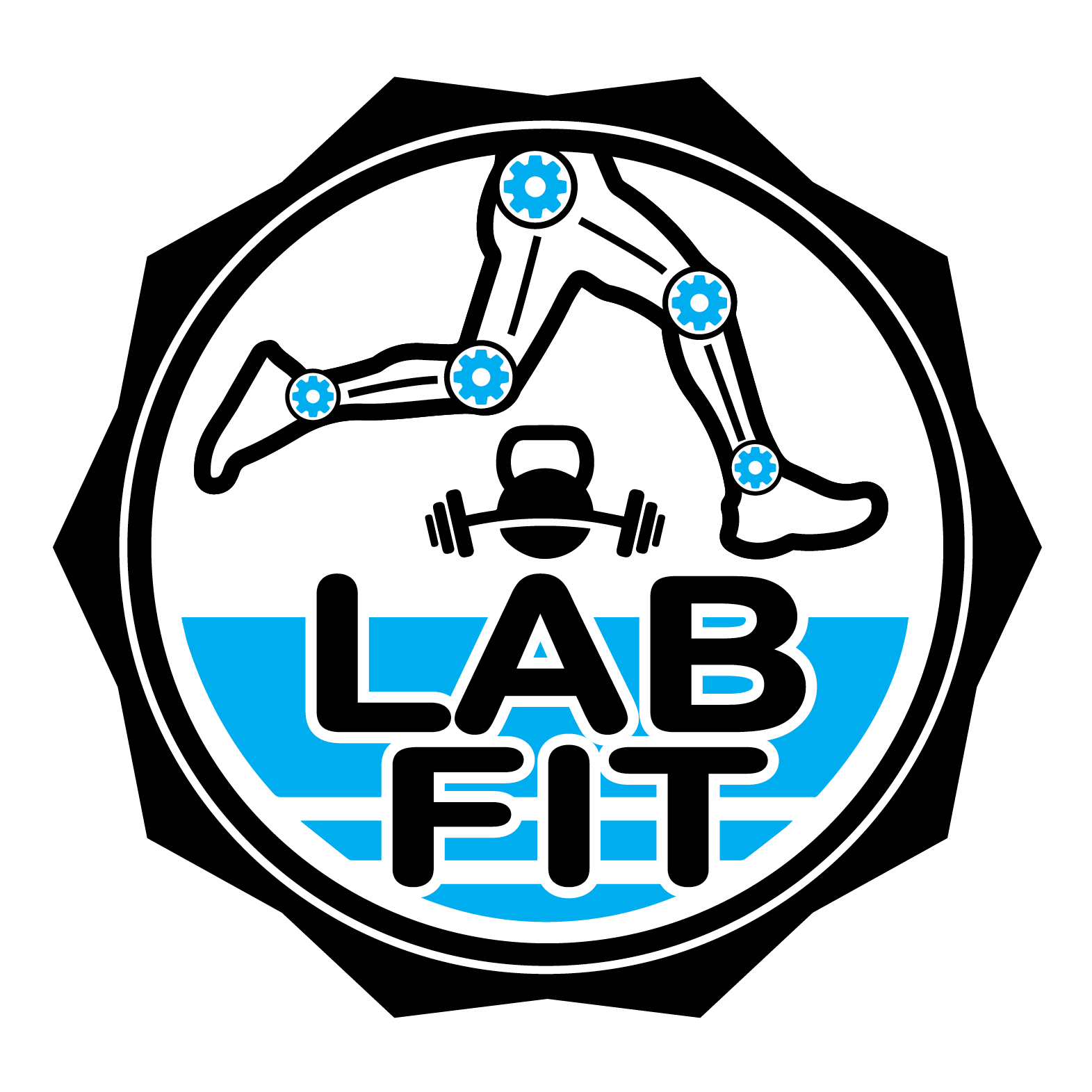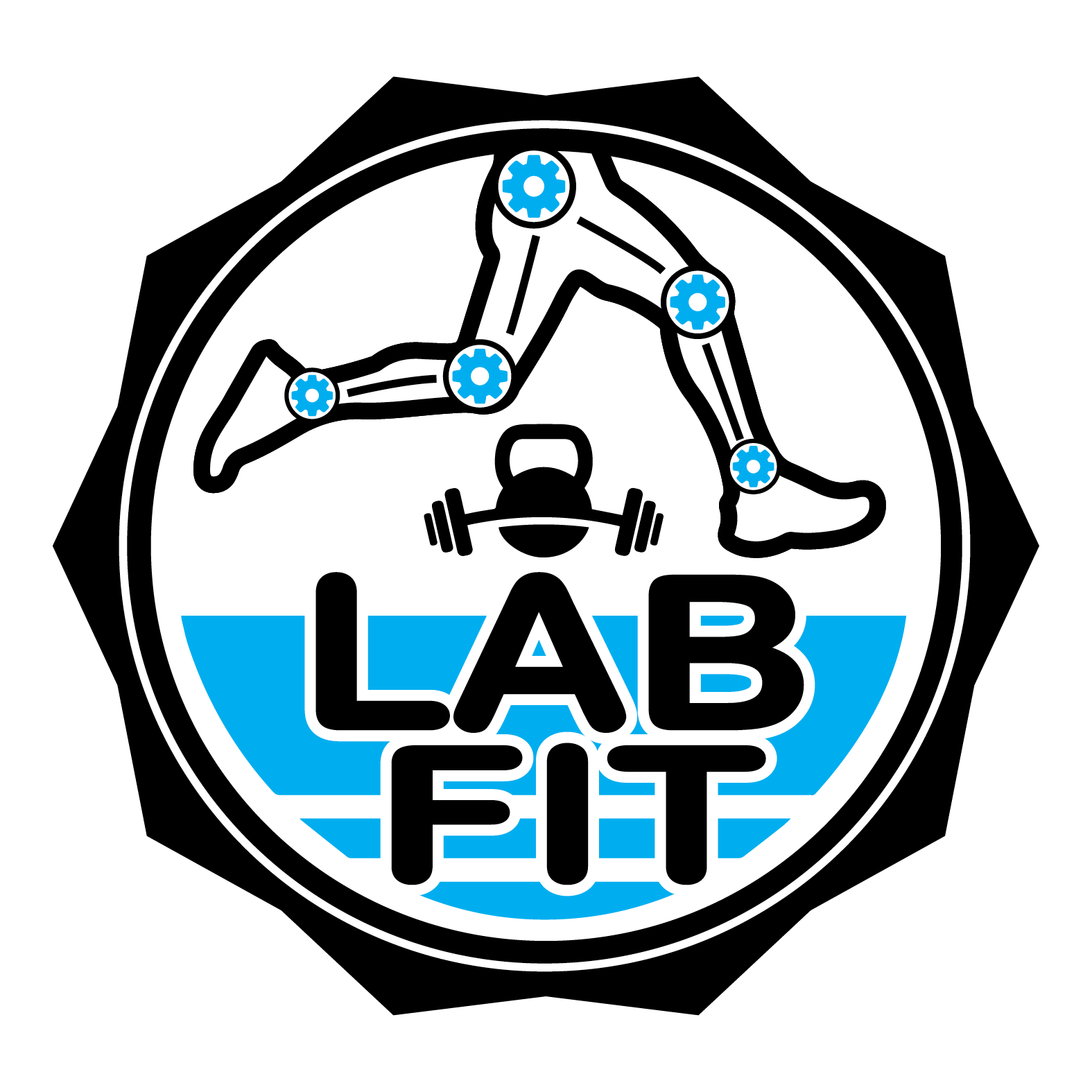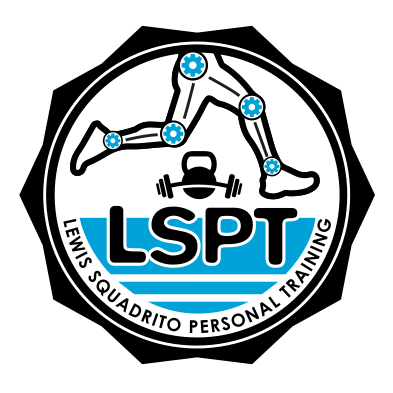Running shoes have come a long way from their humble beginnings, evolving into a sophisticated piece of athletic equipment tailored to the unique needs and preferences of runners. Let’s delve into the history of running shoes, explore the different types such as minimalist, cushioned, and carbon plated. We’ll also discuss the pros and cons of carbon plates, guide you on how to choose the right shoe, and explore specific footwear for track, road, and trail running. Additionally, we’ll examine the correlation between shoes and injuries, providing insights into what type of shoes may be better suited for specific injuries.
History of Running Shoes:
To understand the present, it’s essential to appreciate the past. The history of running shoes dates back to the 19th century when rubber-soled shoes first gained popularity. Before this time, runners primarily relied on flat-soled, uncomfortable footwear. The shift towards rubber soles provided a more cushioned and shock-absorbent experience allowing a runner to better express their speed over the ground. Over the years, advancements in technology transformed these shoes into the high-performance gear we see today.
Notable milestones include the introduction of cushioning materials like EVA (ethylene-vinyl acetate) foam in the late 60s and early 70s. Not long after Nike and Asics introduced air cushioning and Gel technology in the late 70s and 80s. These advancements aimed to enhance shock absorption and improve overall comfort.
Throughout the late 20th century and into the 21st century, running shoe design continued to evolve. Brands started experimenting with materials such as mesh for improved breathability, reflective elements for safety during low-light conditions, and innovative lacing systems to enhance the fit and support.
In the early 21st century, there was a notable shift in the running community towards minimalist or barefoot running. Advocates of barefoot running argued that running without excessive shoe support could lead to a more natural gait and potentially reduce injuries. The evidence and research on this one is mixed. While yes, running barefoot is very beneficial and can positively influence your gait and foot strength. If the runner is not ready to go barefoot due to lifestyle factors and or foot structure itself. Then barefoot running could increase risk of injury. The most recent revolution in the history of running shoes came with the introduction of carbon-plated technology. Nike’s Vaporfly series, featuring a carbon plate embedded in a foam midsole, gained attention for its ability to improve running economy and propel elite athletes to record-breaking performances.
Types of Running Shoes:
a. Minimalist Shoes: Minimalist shoes emphasize a more natural running experience, often featuring a low-profile design and reduced cushioning. Vibram FiveFingers is a notable example, mimicking the sensation of barefoot running while providing some protection.
b. Cushioned Shoes: Cushioned shoes, on the other hand, prioritize shock absorption and comfort. Brands like Hoka One One are renowned for their maximalist approach, offering ample cushioning without compromising on weight. These highly cushioned shoes are best suitable for those coming back from mechanical, stress or trauma based injuries.
c. Carbon Plates: The incorporation of carbon plates in running shoes has been a game-changer. Brands like Nike with their Vaporfly series and Saucony with the Endorphin Pro have employed carbon plates to improve energy return and running efficiency.
Pros and Cons of Carbon Plates:
Pros: Enhanced energy return, carbon plates store and release kinetic energy, propelling the runner forward with each step. This improves the runners economy as it allows the runner to move at a given pace with less effort, reducing oxygen consumption, resulting in improved overall efficiency.
Cons: While there is an improvement in running economy, there is also a potential increase in mechanical stress. Carbon plates also alter the runners natural gait pattern and force the runner to change their movements. This change in mechanics as well as the increase of mechanical stress has seen a drastic increase of acute lower leg injuries such as tendinitis and muscle strains. Carbon plated shoes are often more expensive than traditional running shoes and tend to have less durability. You will not get the same volume out of carbon plated shoes as you will non plated running shoes.
Choosing the Right Shoe:
Selecting the right running shoe involves considering various factors such as foot type, running style, and terrain. It is important for a runner to consider the stiffness of the heel collar and torsional strength of the shoe. We’ll explore the importance of understanding eversion (often referred to as pronation), arch height, and how different shoes cater to specific needs.
Track Spikes, Road Shoes, and Trail Running Shoes:
a. Track Spikes are designed for speed and optimized for short distances, providing maximum traction on the track surface. They are lightweight, minimalist and aerodynamic, track spikes enhance sprinting and agility as they lock your foot into place on the ground.
b. Road Shoes: Road shoes are designed for pavement and offer a balance between cushioning and responsiveness. These shoes are more robust, built to withstand the repetitive impact of road running.
c. Trail Running Shoes: Built for traction. Trail shoes feature aggressive outsoles and lugs for better grip on uneven and slippery terrain. Trail shoes are also built to protect the foot against rocks and debris on trails. These are usually the hardiest of the three running shoes.
Shoes for Specific Injuries:
Understanding the relationship between shoe characteristics and injury prevention is crucial for running longevity. For instance, higher drop heights may alleviate stress on the Achilles tendon and calf but could exacerbate issues with the plantar. Conversely, lower drop heights may be gentler on the plantar but potentially strain the Achilles tendon. Finding the right balance between the two is important for any runner with a history of lower leg injury or who find themselves pre exposed to injury.
Shoes with increased stiffness in the heel collar tend to provide enhanced support for the Achilles tendon and ankle joint. Similarly, shoes boasting greater torsional strength offer heightened stability, preventing excessive rolling of the foot into eversion (pronation) during ground contact. This consideration becomes especially significant for individuals with a history of ankle injuries, flat feet, or excessive foot laxity and hypermobility.
Another vital aspect in managing injury through footwear is the toe spring. Take a moment to observe the toe box of your running shoes. It likely curls upward, creating a toe spring or toe rocker. While this design aims to facilitate a smooth roll-off of the foot and enhance each step’s “pop,” it deviates from the natural shape of the foot. While most individuals can comfortably use shoes with a toe spring, those with poor toe mobility, inadequate foot structure, or bunions may encounter difficulties. Running with a toe spring could lead to localized discomfort in the toe joints and arches, prompting gait deviations and adjustments to compensate for the unnatural foot position. Such alterations in running mechanics can subsequently result in mechanical issues and misuse injuries further up the kinetic chain.
Conclusion:
As we lace up our running shoes, it’s evident that the choices available are a testament to the continuous innovation and dedication to enhancing the running experience. From the historic rubber-soled shoes to the cutting-edge technology of carbon-plated racers, running shoe evolution mirrors the quest for optimal performance, comfort, and injury prevention. Whether you’re sprinting on the track, pounding the pavement, or navigating rugged trails, the right pair of running shoes can make all the difference in your journey towards achieving your running goals.


